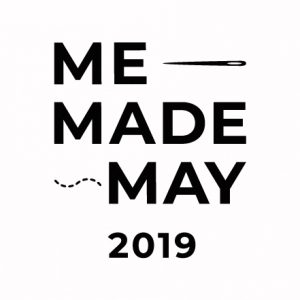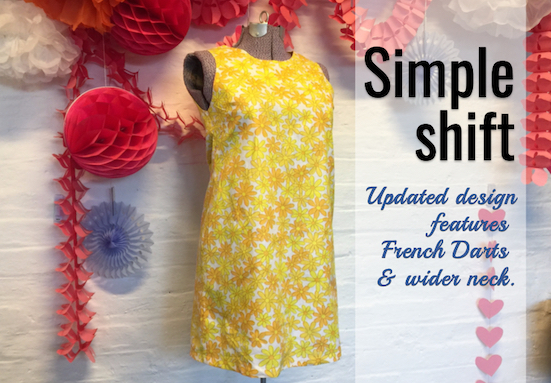If you have one, you probably lie about how big it is…
Your fabric stash.
I heard about a sewing enthusiast recently who only buys fabric for a project. She makes that project and only then buys fabric when she has the next project planned and ready to start. I was seriously impressed – that is incredible will power! I am obviously not like that…
So, as soon as I saw this campaign I loved it. I am just as guilty as the next Fabricophile of having a huge fabric stash.
#MakeYourStash
In its 2nd year the challenge is: to make garment(s) that we will love and wear, using fabric that has been in the stash for more than 6 months.





